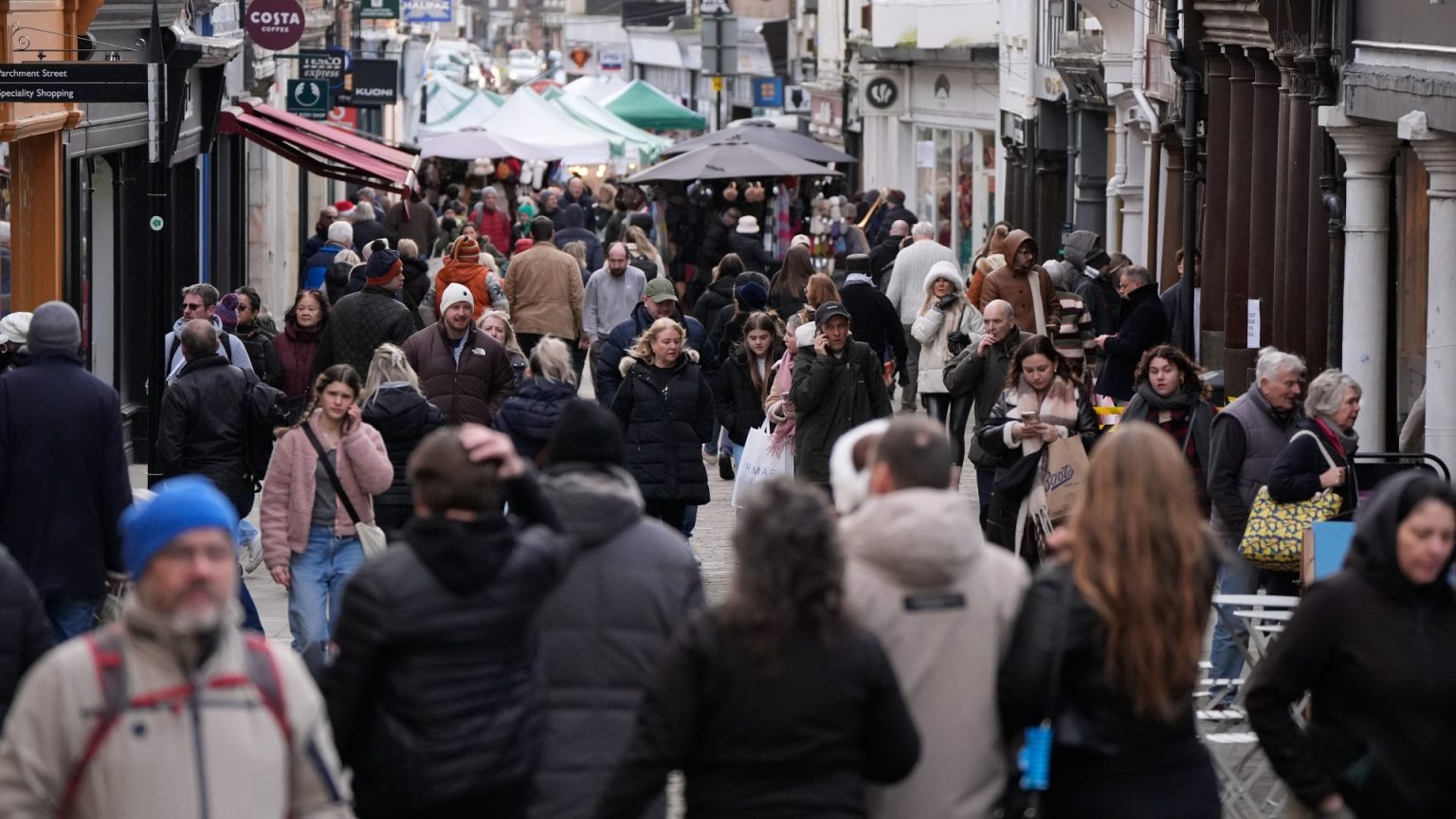The Impending Retail Restructuring: New Look and the Broader Landscape
New Look, a prominent UK high street fashion retailer, is reportedly accelerating plans to close nearly 100 stores, approximately a quarter of its current portfolio. This move comes in anticipation of the upcoming National Insurance hike scheduled for April, a measure introduced in the Autumn Budget. This increase, coupled with a lowered threshold for payments, is expected to significantly impact businesses, particularly in the retail sector. The British Retail Consortium forecasts a £2.3 billion burden on the sector due to these changes. New Look, having already restructured its store estate twice in recent years, reducing from around 600 stores in 2018, is now facing further downsizing. While no final decisions have been made and stores remain open, the potential closures raise concerns for the company’s 8,000 employees. This preemptive action by New Look reflects a broader trend of retailers grappling with rising costs and evolving consumer behavior.
The retail landscape is indeed undergoing a significant transformation, marked by rising closures and job losses. 2024 witnessed the closure of 13,000 shops, a significant increase from the previous year, and the Centre for Retail Research (CRR) projects an even bleaker outlook for 2025, predicting the closure of 17,350 retail sites. The CRR also anticipates a dramatic rise in job losses, potentially surpassing 202,000, exceeding even the peak of the pandemic in 2020. The combination of changing shopping habits, inflation, escalating energy costs, rent increases, and the recently introduced tax and wage changes are creating a perfect storm for retailers, particularly small businesses. These pressures are forcing businesses to implement drastic cost-cutting measures, often resulting in store closures and job losses.
New Look’s challenges are not unique. The current economic climate and shifting consumer landscape are impacting businesses across the retail sector. The National Insurance increase, while intended to bolster government revenue, is adding to the already substantial burden faced by businesses. The British Chambers of Commerce found that over half of surveyed companies plan to increase prices by early April, largely due to rising employment costs. This anticipated price hike reflects the wider struggle of businesses to absorb increasing operational expenses. The situation has been described as a "pressure cooker of rising costs and taxes," highlighting the intense pressure faced by businesses striving to remain competitive and profitable.
The changing face of retail is further influenced by the rise of online shopping. The convenience and accessibility of e-commerce have significantly impacted brick-and-mortar stores, leading to decreased foot traffic and falling sales. This shift in consumer behavior is forcing retailers to re-evaluate their strategies, with many investing heavily in online platforms to remain competitive. New Look, while acknowledging the importance of its physical stores, emphasizes its investment in its online platform, which has shown strong performance and improved margins. This dual approach reflects the need for retailers to adapt to the evolving landscape and cater to both online and in-store customer preferences.
The history of New Look, from its humble beginnings in 1969 to its international expansion, provides context to its current challenges. Founded by Tom Singh with a small loan, the company’s focus on "fast fashion" propelled its rapid growth. The brand’s expansion included menswear, teen, and maternity wear, and its embrace of e-commerce in 2007 further broadened its reach. However, changes in ownership and the increasingly complex retail environment have presented significant hurdles. The departure of founder Tom Singh in 2019 marked a turning point for the company. Now, New Look must navigate the challenges of a rapidly changing retail landscape to ensure its continued success.
The retail industry is facing a multifaceted crisis. The ongoing store closures and job losses are not isolated incidents but rather symptoms of deeper systemic issues. The rise of online shopping has fundamentally altered consumer behavior, forcing physical stores to compete in a new and challenging environment. The increasing costs of operating physical stores, exacerbated by rising rents, business rates, and now the National Insurance hike, are placing an immense strain on retailers’ profitability. The pandemic further amplified these challenges, accelerating the shift towards online shopping and highlighting the vulnerabilities of traditional retail models.
The outlook for the retail sector remains uncertain, with predictions of further job losses and store closures in the coming years. The government’s tax policies, while aimed at increasing revenue, are adding to the pressures faced by businesses already struggling with rising costs and changing consumer behavior. The situation calls for a multifaceted approach that addresses the underlying issues contributing to the decline of the high street. This includes supporting small businesses, rethinking business rates, and fostering a more balanced relationship between online and physical retail. The future of retail depends on the ability of businesses and policymakers to adapt to the changing landscape and create a sustainable model for the industry.


